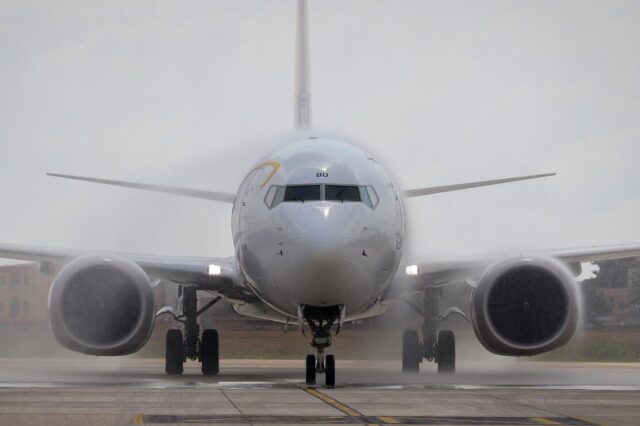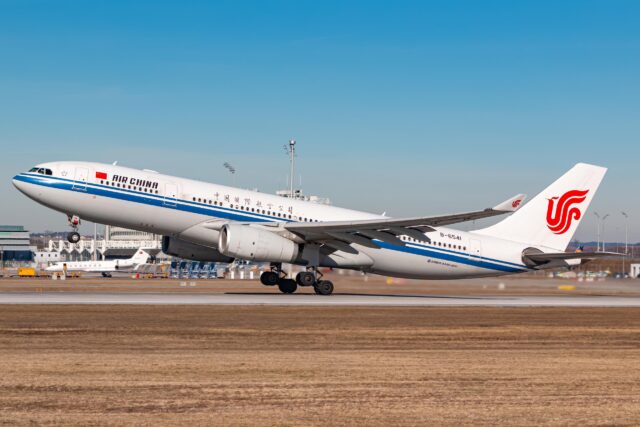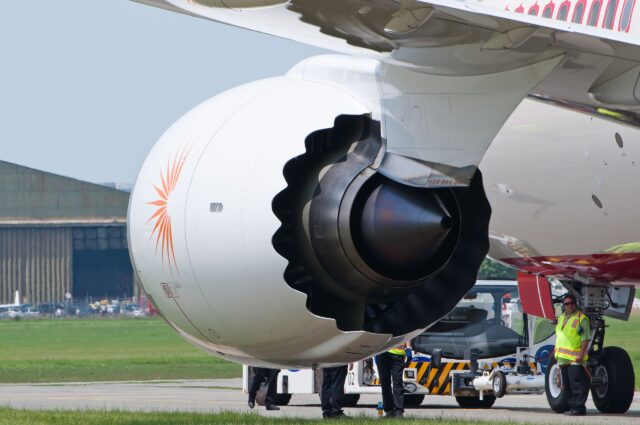Turkish Airlines orders up to 225 Boeing planes, balancing Airbus’ share of fleet

September 26, 2025

Turkish Airlines has confirmed a new deal with Boeing for up to 225 new planes, covering both the 787 Dreamliner wide-body and 737 MAX narrow-body aircraft, balancing its fleet plan between the two major OEMs and signalling confidence in long-term growth.
The news of Turkish Airlines’ order followed a meeting between Turkey’s President Tayyip Erdogan and US President Donald Trump on Thursday. Trump expressed confidence that Turkey will stop buying Russian oil, which could lead to the lifting of US sanctions and allow Turkey to buy F-35 jets.
Boeing lands 787 and 737 MAX commitments from Turkish Airlines
The airline’s deal with Boeing includes 35 of the 787-9 model, 15 of the larger 787-10, and options for 25 additional 787 Dreamliners.
Turkish Airlines also announced its intent to purchase up to 150 more 737 MAX aeroplanes, although, as Reuters reported, the narrowbody order awaits a decision on engines. When finalised, it will be the airline’s largest-ever Boeing single-aisle order.
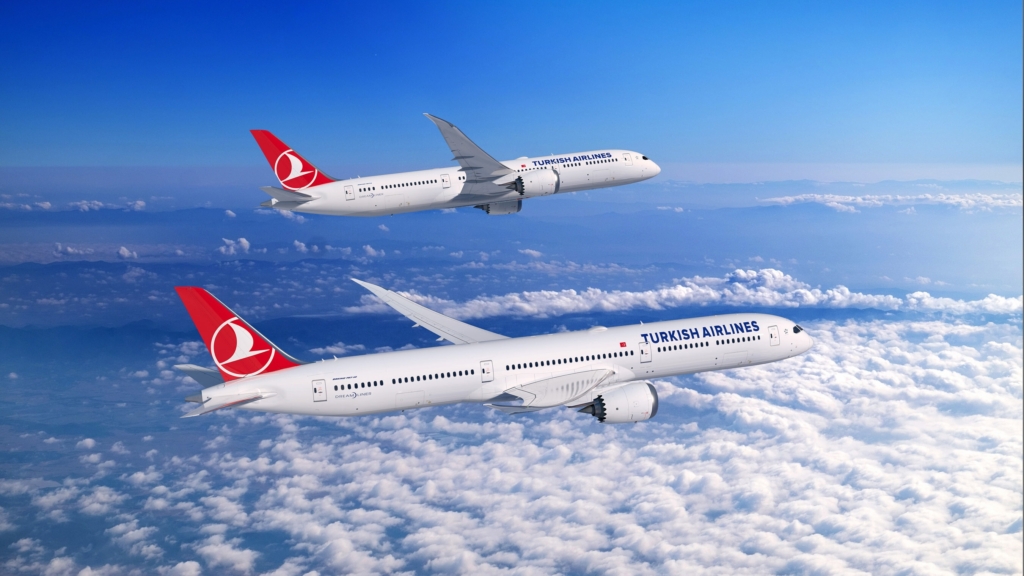
“This landmark agreement represents much more than fleet growth. It is a reflection of our leadership in the industry as well as our dedication to innovation and operational excellence,” says Prof. Ahmet Bolat, Turkish Airlines Chairman of the Board and the Executive Committee.
“The addition of these advanced Boeing aircraft to our fleet will not only enhance our operational capabilities but also become a significant element supporting Turkish Airlines’ 2033 Vision of expanding our fleet to 800 aircraft.”
The 787 and 737 MAX orders would double Turkish Airlines’ Boeing fleet. Turkish Airlines operates over 200 Boeing aircraft, including 787-9s, 777s, 737 MAX, Next-Generation 737s and 777 Freighters.
With the introduction of the Boeing 787-10 to its future fleet, Turkish Airlines will have additional passenger and cargo capacity on high-demand routes.
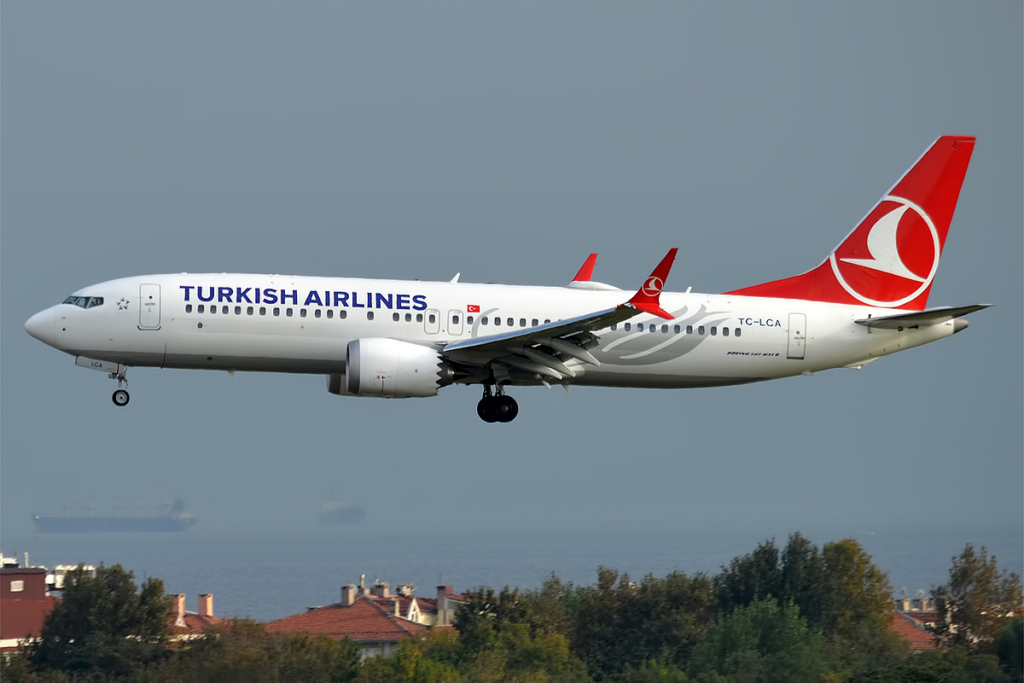
For Boeing, the deal extends the 787 backlog into the 2030s. It also renews confidence in the 737 MAX line as the manufacturer faces ongoing FAA scrutiny, production challenges, and certification delays.
Turkish Airlines’ balances long-term fleet strategy
The new Boeing order comes less than two years after Turkish Airlines signed a landmark agreement with Airbus for 220 jets. The order included 150 A321neo narrowbodies and 70 A350 family aircraft (covering the A350-900, A350-1000 and A350F). That earlier deal gave Airbus a stronghold in Turkish Airlines’ future fleet.

With the new Boeing order, Turkish is ensuring dual sourcing of both narrowbody and widebody aircraft. The new Dreamliners will gradually replace the airline’s ageing A330s and 777-300ERs, while providing the airline with flexibility to open thinner long-haul routes across Africa, the Americas, and Asia. On short- and medium-haul sectors, the 737 MAX order would support growth in Europe, the Middle East and Central Asia, complementing the large A321neo backlog.
Engines and maintenance in focus
The decisive factor of the new deal is not just the aircraft commitment, but also the engines and maintenance support. The narrowbody portion of the agreement remains contingent on final engine talks with CFM International. Rolls-Royce and GE Aerospace are negotiating packages tied to the 787 fleet.
Turkish Airlines will evaluate lifecycle costs, spare part availability, and turnaround times for shop visits as closely as airframe pricing in determining the ultimate economics of the deal.
Airbus vs Boeing: How the new Turkish Airlines deal impacts OEMs
The new deal will also reshape the market share of Airbus and Boeing. According to backlog data compiled by Forecast International, as of the end of August, Airbus had a total backlog of 8,716 aircraft.
- 7,657 (87.8%) were narrowbody aircraft, including A220s (499) and A320neo (7,158) aircraft.
- 1,059 widebody aircraft, of which 761 (70.6%) were A350 variants.
Boeing’s backlog by the end of August stood at 6,531 aircraft.
- 4,823 (73.8%) narrowbody aircraft (4,817 737 MAXs and 6 737NGs).
- 1,708 widebody aircraft, of which 991 (58%) were Boeing 787 Dreamliner variants.
Airbus’s August backlog covered 10.6 years of production, based on Forecast International’s 2025 production estimates. Boeing’s backlog covered 11.5 years.
A strong dual-OEM fleet that keeps competition going
Turkish Airlines has set its course for growth well into the 2030s, with a combined order book from Airbus and Boeing that exceeds 400 aircraft. The airline’s current fleet comprises 389 aircraft, with an average age of 9.6 years. It is slightly weighted in Airbus’ favor—54% Airbus narrowbody and widebody planes.

The new aircraft strategy supports the carrier’s ambition to transform Istanbul into a global super-hub, while hedging risk across suppliers and aircraft types. The result for the airline is a balanced dual-OEM fleet that maximises operational resilience.
For Boeing, the agreement provides a critical confidence boost and a backlog anchor. For Airbus, the new order suggests that competition will remain intense across both the narrowbody and widebody markets.
